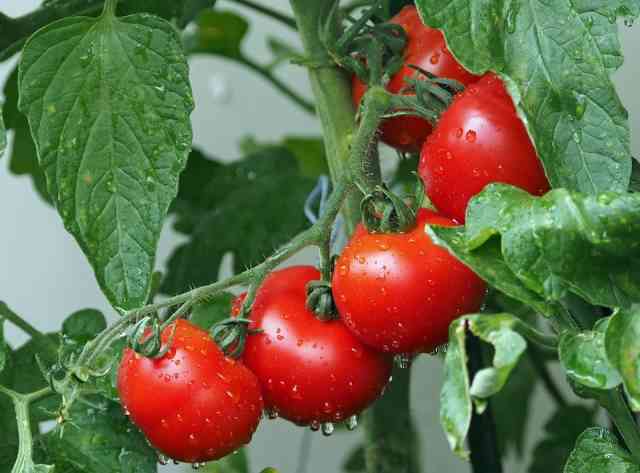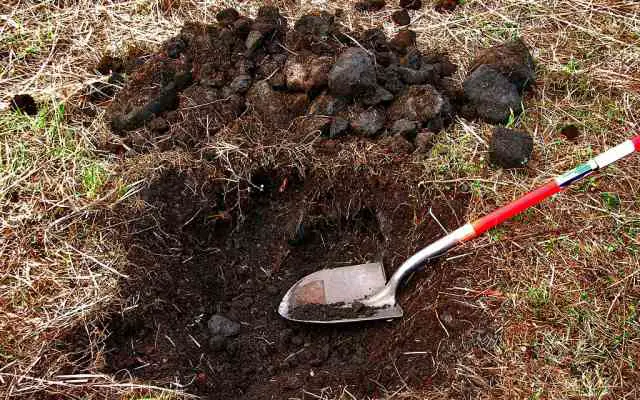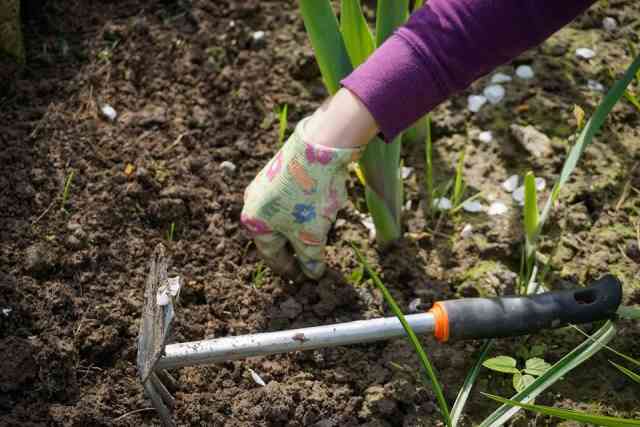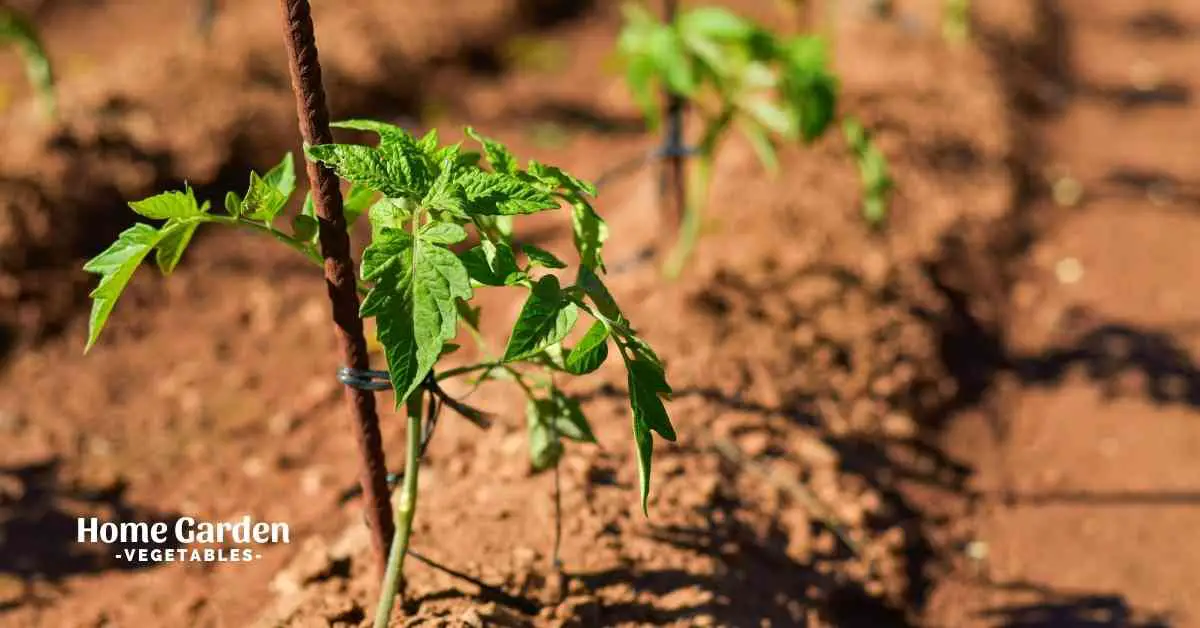Clay soil is the last thing a gardener wants in their yard. Without a doubt, it’s very hard to grow anything in clay soil, especially if you don’t want to amend it. In its raw form, clay soil is heavy, compacted, and prevents water and nutrients from moving between the soil layers. The result is sticky gunk that gives a hard time to the developing roots, deterring them from extending through the soil and holding water unfavorably every time you irrigate.
So with all the negatives, can tomato plants grow in clay soil? While clay soil has its challenges, you’ll be relieved to know that you can grow tomatoes in it. Of course, you’ll have to put in some extra effort, time and money than those who grow tomatoes in the perfect loamy soil.
Reader Poll: What online courses would interest you?
However, there’s a silver lining to all the hard work other than the beautiful juicy tomatoes you harvest at the end of the growing season. By working and amending the earth at the start of each growing season, the structure of your garden soil will improve over time, and soil preparation will become easier in the future growing seasons.

Simple Alternatives To Avoid Clay Soil
You might not have the time or the energy to improve the clay soil in your garden. You can still grow tomatoes even if you want to avoid working with clay altogether. There are two options:
Open-Bottomed Raised Beds
Build a raised bed with an open bottom on top of your garden soil. Fill it with a mixture of topsoil, compost, manure, peat, and other organic amendments for a rich and well-drained bed for your tomato plants. Over time, the organic matter will seep down into the layers of your garden soil below it, improving its structure.
Subscribe to our newsletter!
Tomatoes have an extended root system, and there’s a good chance that the roots will penetrate below the raised bed and into the garden soil. However, by the time tomato roots reach the clay soil, the amendments on top will have improved the quality of your garden soil to a good extent.
Containers
Alternatively, you can grow tomatoes in containers. Choose large containers; a 5-gallon bucket is a good size to grow a single tomato plant. Fill it with good quality potting soil before planting the seeds or transplants. Packed potting mixes are light, rich in nutrients, and offer the ideal drainage for your vegetable crops.
Grow In Holes

Loamy and sandy soils are easier to amend. Clay soil will take a lot more effort to till and amend the entire garden bed. An easier approach to plant tomatoes in clay soil is to dig holes in the ground- one for each plant. It’s more practical to work with smaller sections of the garden bed instead of turning over the entire area. Choose a site that gets at least 8 hours of full sunlight every day since that’s what your tomato plants will require.
Dig A Hole
Take a spade and dig a hole that’s one foot wide and one foot deep for each plant. Add a few inches of natural, untreated wood shavings at the base of each hole to prevent water from settling in the heavy clay below the hole.
Though wood shavings leach nitrogen from the soil, it’s not too much of a problem for tomatoes since they have moderate nitrogen requirements, which can be covered with suitable fertilizer applications through the growing season.
Amend The Soil
To the soil that you removed from the hole, add in generous portions of compost and composted manure and mix evenly using a garden fork. Tomatoes grow optimally in pH between 6.5 and 7.0. If your soil pH is higher than required, work sulfur into the mixture. If the soil pH is lower, work lime into it. A soil test will tell you the exact pH of your soil and the nutrients it requires.
Fill The Hole
Fill the holes with the amended soil. Now what you have is a similar arrangement as that of a container-grown tomato with a clay pot (your garden soil) around the hole, wood shavings at the base for drainage, and fertile, loose soil at the center.
Planting hole
Now that the holes in your garden are ready, it’s time to dig smaller planting holes – one at the center of each hole you’ve prepared. Dig 6-inches deep planting holes to plant your seedlings. Water the newly planted seedlings and mulch around them.
Improving Clay Soil For Tomatoes And Other Crops

The long-term fix is to till and amend the entire garden bed, making it more hospitable for your tomato plants and other vegetables that you plant in the coming growing seasons. Here are some tips to make clay soil more hospitable for tomatoes and other crops:
Till The Earth
Till the land when the moisture is just right. Tilling wet earth isn’t going to help. In fact, it will make it even more compacted. On the other hand, tilling when the earth is too dry will be too hard on your tool – it might even break in the process! Instead, till the garden when it’s moist enough to crumble with your hands easily.
Add compost and humus
Incorporate plenty of compost and humus into several inches of your garden soil. They will break and pull apart the clay particles, improving the soil structure and drainage over time. They’ll also enrich the soil with nutrients.
Organic Material
There are several kinds of organic material you can add to the soil. Shredded leaves, grass clippings, rotted manure, and pine bark are all great options to break the compaction of the earth and improve its drainage over time. Gypsum is also an excellent amendment for clay soil.
Conclusion
Clay soil shouldn’t stop you from enjoying juicy, red garden-fresh tomatoes. From the multiple methods you’ve learned above, choose whichever you find easiest for yourself and grow some lovely tomatoes this season!

